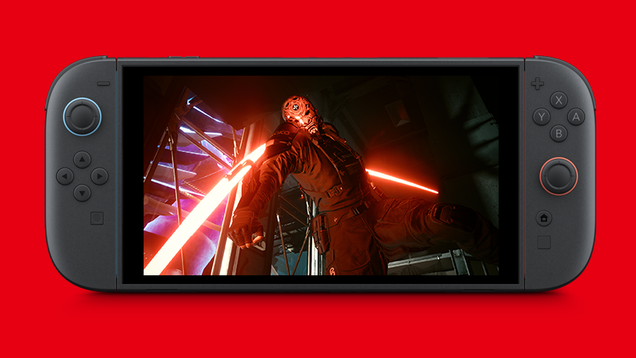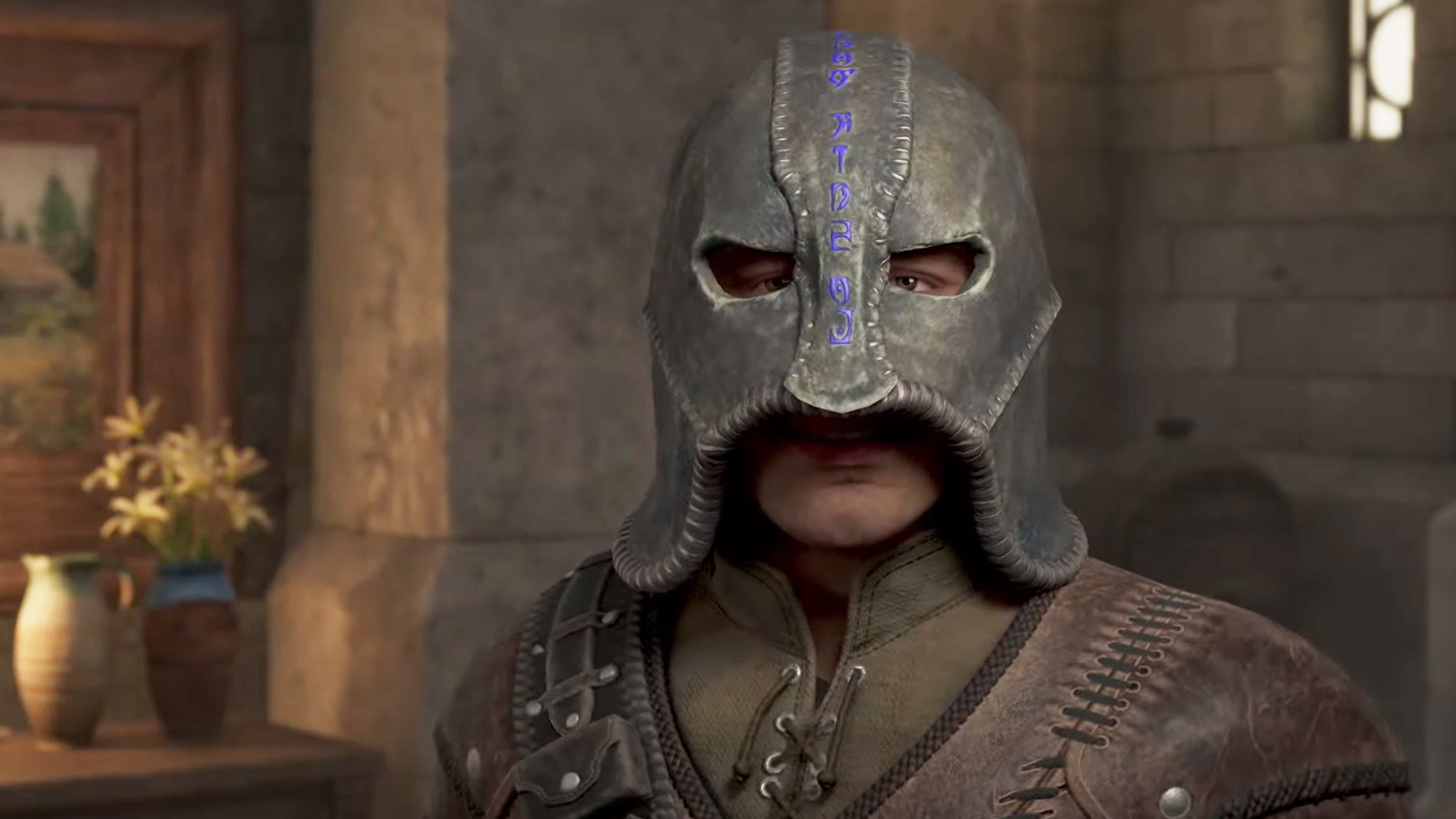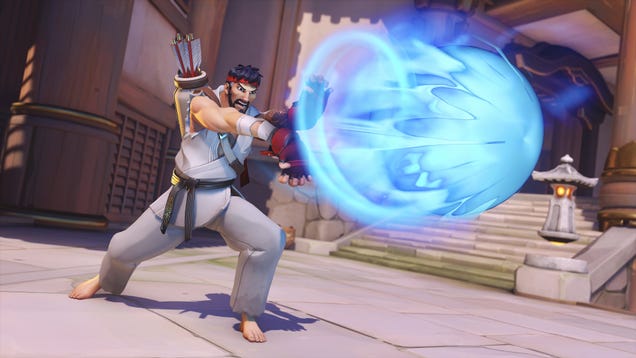
Batman: Arkham Shadow Review
I know what you’re wondering: does the VR Batman game make me feel like Batman? Well, the answer is no. Never once in Batman: Arkham Shadow’s long playtime did I feel like I had a billion dollars, and without that the simulation will never be complete. That said, it did do a remarkably good job of making me feel like I was playing an actual Arkham game by including all of the signature elements of Rocksteady’s legendary series: literally punchy combat, intricate metroidvania-style level design that unlocks more and more as you gain new abilities, and some genuinely tricky optional puzzles. It’s a little clumsy and buggy at times, but enough of it translates well to VR that it’s more like a real game than a gimmick – and the mystery story pays off well without retreading too many of the Arkham series’ plots. And sure, while grabbing at your sides and raising your arms to glide around on your cape may look absolutely absurd to anyone who happens to be in the room with you as you play, I’d be lying if I said it wasn’t pretty fun.
This sequel to a prequel is wedged into the space between Arkham Origins (and Arkham Origins: Blackgate) and Arkham Asylum – a time period where a younger Batman is bluntly but capably voiced by Roger Craig Smith rather than the late, great Kevin Conroy. After a brief intro sequence in Gotham’s sewers and rubbing elbows with Jim Gordon and a young, one-faced Harvey Dent, we go undercover into Blackgate Prison, where Batman first encounters the likes of Doctors Harlene Quinzel and Jonathan Crane, Arnold Wesker (The Ventriloquist), Barbra Gordon, and a few more. Naturally the developers at Camouflaj can’t help retread things we’ve seen done to death: It wouldn’t really be an Arkham game without a Scarecrow hallucination sequence, for instance – and, of course, we’re treated to yet another reenactment of Crime Alley. However, the new mystery villain known as The Rat King and his populist cult, paired with the over-the-top sadist prison warden Bolton, give Arkham Shadow enough of its own material to work with that it doesn’t feel too derivative.
Another novel approach is to have Bruce Wayne visit his makeshift Batcave under Blackgate (like the one under Arkham Asylum) to swap between two costumes. He wears his full Batman regalia by night, but when the Batsuit’s back on the rack he slaps on a Mission: Impossible mask of a two-bit thug named Matches Malone, who’s been thrown in with Gotham’s worst for petty arson. There’s some gadget-less prison yard brawling to be done as Malone, but these sections are much more about ingratiating yourself to incarcerated mob boss Carmine Falcone and the other prisoners, and getting the lay of the maze-like prison yard as the days tick down to The Rat King’s grand plan. I won’t say I wasn’t eager to put the cape and cowl back on by the end of each session as Matches, but the change of pace and perspective isn’t unwelcome considering that there’s only so much variety one can find within the walls and absurdly high-tech doors of a prison, and the dark caverns below.
On that note, despite this running on a tiny machine that’s strapped to your face, Arkham Shadow is easily on par with Arkham Asylum as it looked on the Xbox 360 in terms of its character models and textures (and obviously running at a much higher resolution and frame rate), if not quite up to that level of art direction or the scale of its open areas. Of course, that’s an extremely high bar, to be fair. It’s certainly the best-looking Quest-exclusive game I’ve played, likely because it’s exclusive to the Quest 3/3S and doesn’t have to compromise for compatibility with older models. Glimpsing my bat-eared shadow as I walked down a hall or glided around with a light behind me was always a treat. Those heavy doors do often take a while to open, though, since they’re masking a lot of loading of the new area you’re traveling to. And be ready to recharge your Quest 3 four or five times to get through Arkham Shadow’s story, which can run 10 hours if you’re not stopping to smell the many Rat puzzles along the way. (It’s probably good to come up for air after a couple of hours in VR, anyway.)
The fact that you’re usually being circled by several other thugs means you have to work fast to put an enemy down.
Brawling works surprisingly well and, after things ramped up a bit to introduce enemies with armor, stun batons, shields, knives, and guns, most requiring different takedown moves, I was working up a sweat throwing physical punches that do more damage if you swing like you mean it. Here it’s less about timing punches and more about pausing for a split second after the first smack – which can send you lunging about 10 feet toward a target – to see which sequence randomly opens up: sometimes you’ll do a right, a left, or a gut-punch, others you’ll have three spots to jab at, or sometimes you’ll grab a leg and be prompted to snap it like a twig. It occasionally interprets a swing from the side as a straight-on punch or vice versa, but otherwise it’s pretty satisfying. That’s enough to keep it from being mindless flailing, but the fact that you’re usually being circled by several other thugs means you have to work fast to put an enemy down before you see an incoming attack icon in your peripheral vision and have to detour to block it with a Michael Keaton-esque no-look punch to the side, which pulls you to a different target, so the pressure is on.
Certain enemies need to be staggered before you can beat on them, so you’ll have to use abilities like confusing them with a cape swing, or flipping over them with a forward flick of the right stick and punching them from behind. It’s easy enough to do this in the most straightforward way possible, but the opportunity to run up the score with unbroken combos and mixing in multiple gadgets like batarangs and explosive charges brings in a very stylish element of challenge beyond simply staying alive. You also have to dodge unblockable attacks with the thumbsticks and physically duck under knife attacks. There’s certainly plenty going on – with more regularly opening up as you unlock new gadgets by progressing the story – to keep these fights and the optional standalone challenges interesting (and repeatable!).
Predator battles work almost identically to the way they do in traditional Arkham games.
The stealthy Predator battles, on the other hand, work almost identically to the way they do in traditional Arkham games in that you’re staying hidden as you take down gun-toting enemies who can quickly kill you if they spot you, but they’re a little more frustrating because the controls lack the precision needed to consistently avoid detection. The number of times I snuck up behind an enemy, and reached out to grab and silently choke him out, but accidentally punched him in the head and alerted his friends instead was, to be frank, too high by a lot. I eventually learned to do this extremely carefully – with emergency escape smoke bombs at the ready – to avoid taking a lead shower, but that felt like working around a problem rather than learning a system. Even so, it’s never anything less than gleeful to drop down from a gargoyle perch, grab a thug, and leave him helplessly dangling like a pinata for his friends to find.
We also get a handful of boss fights – mostly against the obvious opponents – and although these are a nice change of pace while they last, only one late-game one is all that memorable and none of them are especially interesting on a mechanical level.
Without the Riddler around to stash question marks everywhere, the Rat cultists have picked up puzzle duty in Blackgate, and their work ranges from trivially easy to respectably tricky and rewarding to solve. Reaching smashable rat statues and radios spreading the King’s propaganda is often a matter of turning left where the obvious path goes right, but frequently involves unlocking doors, crawling through vents, climbing pipes, and more to get the right angle – or deciphering patterns to work out codes to door locks by switching in and out of Detective mode by tapping your temple. Most of Detective mode is pretty straightforward, though – there’s none of the more ambitious crime scene reconstruction stuff from Arkham Knight. Most of it, especially the crime-scene investigation sequences, is basically just doling out plot information one piece at a time.
There are plenty of Easter eggs to find around Blackgate.
Exploration is, of course, a big part of any Arkham game, and there are plenty of Easter eggs to find around Blackgate. Much of it comes in the form of phone numbers that can be dialed at the prison pay phone to hear recorded messages from various characters. References to Batman lore in chatter from other prisoners and scattered around the environment didn’t appear quite as thick as they are in Rocksteady’s games – which is honestly another off-the-charts standard to hold any game to, especially when the best material has already been thoroughly mined – but it’s not in short supply.
One thing that’s a little too easy to find at this point, though, are bugs. I’m told there’s a patch in the works to address at least some of this, but even after launch this review was delayed by about a day because I wasn’t able to complete the story thanks to a repeated crash while trying to disarm a bomb, due to the fact I’d done things in an order other than what was precisely intended. That was after multiple crashes before that point, and I also had to reload saves because I fell through the world multiple times and got stuck on level geometry. I had plenty of audio stuttering, saw long load times when returning from the map screen, lost the ability to use my batarang during a boss fight that required it, and had a couple of puzzles made much more difficult than they should’ve been because key items didn’t highlight in Detective mode.
It wasn’t as smooth a ride as I’d have liked, but I did see the ending and was pleased with it. I won’t say much about how it turned out other than that, while I did see one big reveal coming a mile away, there was more to it that caught me off guard in a way that made me smile. I don’t think it’s much of a spoiler to say that the Rat King does not turn out to be The Joker, and in fact Camouflaj is admirably restrained in its use of Batman’s nemesis. After the big, eye-rolling reveal of Arkham Origins, and the enormous posthumous role he played in Arkham Knight, leaning on that crutch once again would’ve annoyed me to no end; I breathed a sigh of relief when other characters got some time in the spotlight.
On the whole it’s a very well done Batman story, and the dialogue is generally strong except for a few very on-the-nose lines where Batman bluntly declares “I will find the Rat King; I will stop his night of wrath!” or when Barbara Gordon acts like an annoying tween fangirl. There’s also a very conspicuous loose end left dangling at the end of the story that concerned me until I was told it’s intentional, so we’ll just have to see where that goes.








